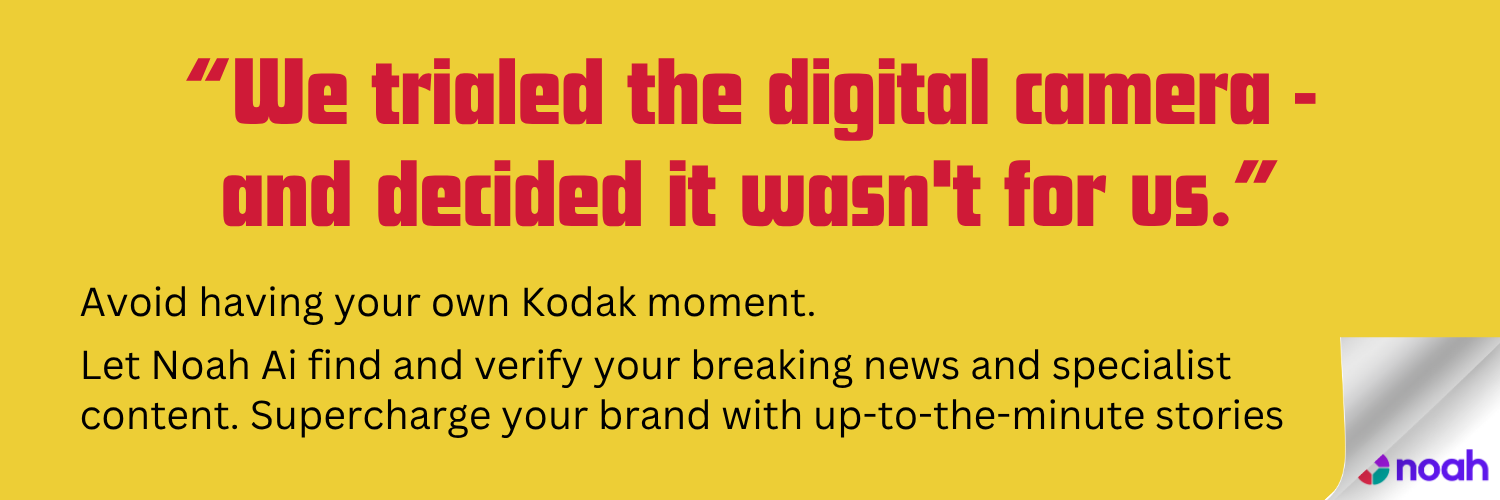The rise of curation in programmatic direct deals presents new opportunities for smaller publishers to compete and capture more advertising dollars, with innovative strategies like Premium Priority Deals leading the way.
A new trend is reshaping the landscape of digital advertising, as the concept of curation sweeps through the world of programmatic direct deals. Heather Carver, Chief Revenue Officer at Freestar, an advertising network representing over 500 publishers, has highlighted curation as a “great way” to redirect advertising dollars from major platforms towards open web publishers. Many in the industry see this as a potential game-changer for smaller publishers lacking the resources to maintain large direct sales teams.
Freestar has recently embraced Premium Priority Deals (PPD), a curation strategy developed by Audigent, introduced at the Prebid Summit in New York City last month. This innovative approach is designed to provide advertisers with what Drew Stein, CEO of Audigent, describes as a “priority lane” to a mid-tier of publisher inventory. This inventory, typically not sold directly, boasts higher viewability and attention scores compared to the standard open-auction offerings.
The PPD model allows advertisers to efficiently curate inventory at scale, bypassing the need for numerous direct deals. At the same time, publishers can tap into the lucrative direct programmatic display market, which significantly exceeds the spending on open web display and private marketplaces. Research indicates that advertisers allocate approximately $450 billion annually to direct deals, compared to about $150 billion to open web displays and private marketplaces.
A significant portion of display ad budgets, around 75%, is funnelled into programmatic direct. This trend is mainly due to the sheer audience scale of tech giants like Meta, which smaller web publishers struggle to match. Such disparities highlight why Freestar prioritises programmatic activation over direct sales, as noted by Carver. Despite this challenge, curated programs offer smaller publishers a viable method to compete, leveraging the same systems they use for other programmatic deals.
Chris Kane, founder of Jounce Media, which vets all PPD inventory, explained that buyers often lack confidence in what they purchase on the open web. This contrasts with the perceived assurance of buying from walled gardens. However, with curated inventory, smaller publishers gain an edge, and advertisers receive greater transparency regarding their purchases.
Audigent aims to enhance the value of mid-tier inventory by focusing on high-attention, high-viewability assets. These are often undervalued because they are bundled with less desirable open auction inventory. Dave Rosner, Audigent’s Chief Marketing Officer, compares this strategy to the grocery industry’s success with baby carrots, where broken carrots were repackaged to increase their market value.
Quality assurance plays a critical role in this strategy. Jounce Media excludes any Made-for-Advertising (MFA) inventory and other lower-tier placements, such as outstream video, ensuring that buyers have comprehensive insight into what they are purchasing.
In a practical sense, such an approach empowers networks like Freestar to derive higher value from unique inventory formats. For instance, Freestar collaborates with Spaceback to create social-video-like rich-media inventory, enhancing its appeal to buyers through PPDs. Adjustments in their Prebid setup can prioritise this inventory for specific buyers.
Should Freestar not fully utilise its rich-media inventory through PPD deals, it retains the flexibility to sell it on the open market. Carver indicates that curated deals can potentially yield significantly higher CPMs, sometimes double compared to open auction inventory.
The concept envisions setting preferred price tiers for certain buyers to optimise sales potential. Freestar, for example, might prioritise a $2 bid from a committed buyer over a sporadic open-auction bid of $5. This strategy fosters stronger partnerships with Supply-Side Platforms (SSPs) and the brands and agencies they engage with, ultimately capturing a larger share of advertising budgets with differentiated offerings.
In essence, the adoption of PPDs presents an opportunity for open web publishers to capture more value in a competitive digital advertising landscape, complementing the growing trend toward curated programmatic investments.
Source: Noah Wire Services








